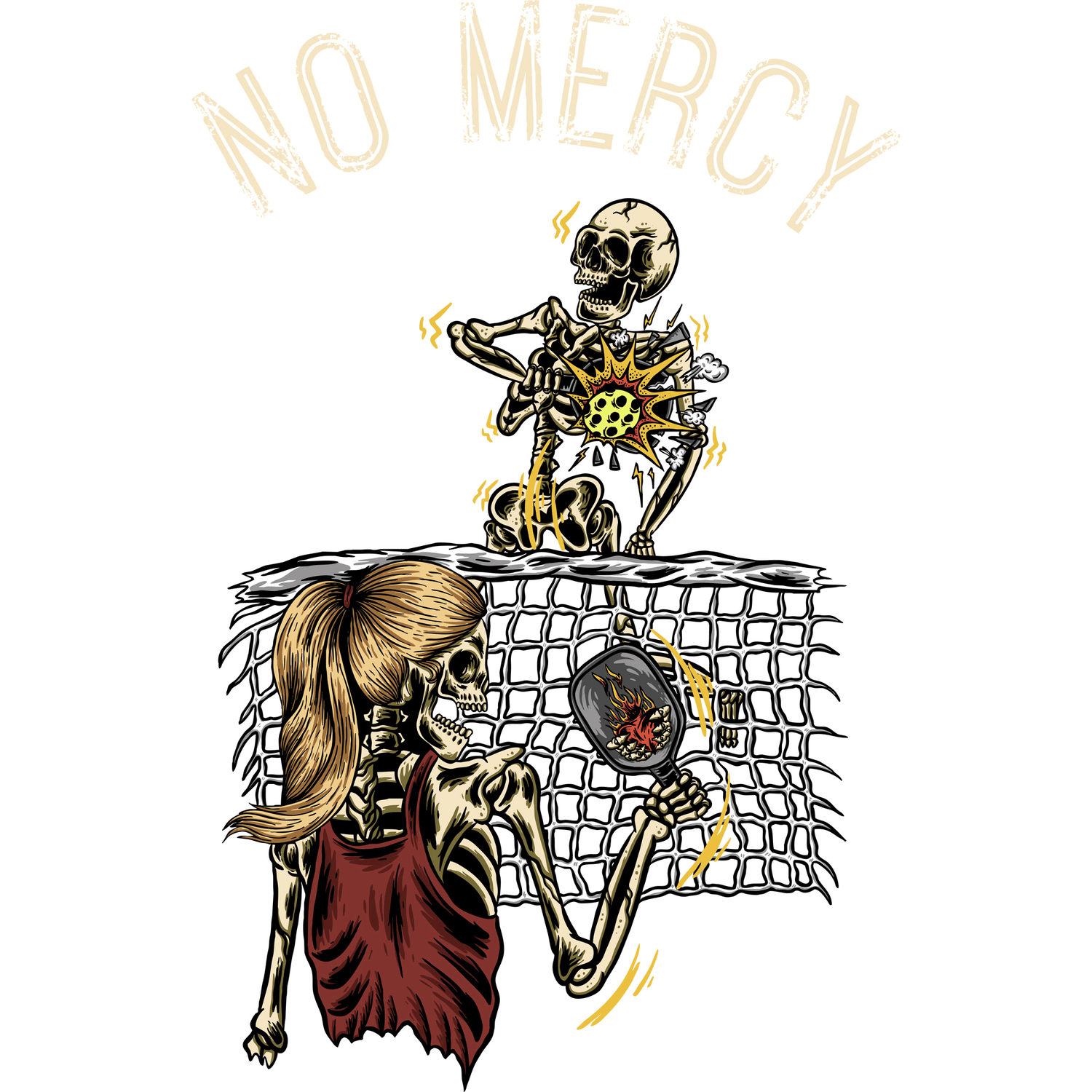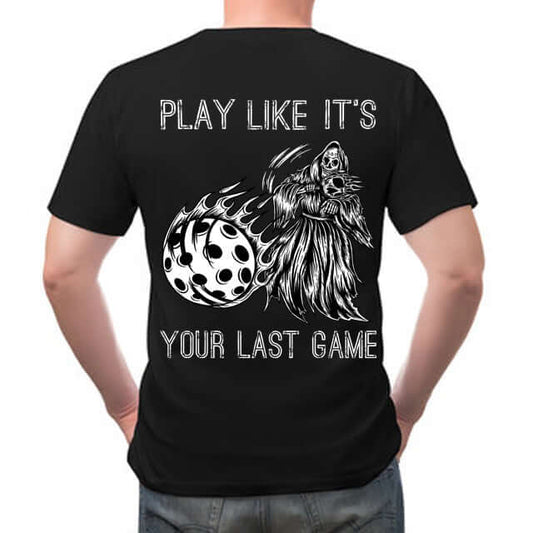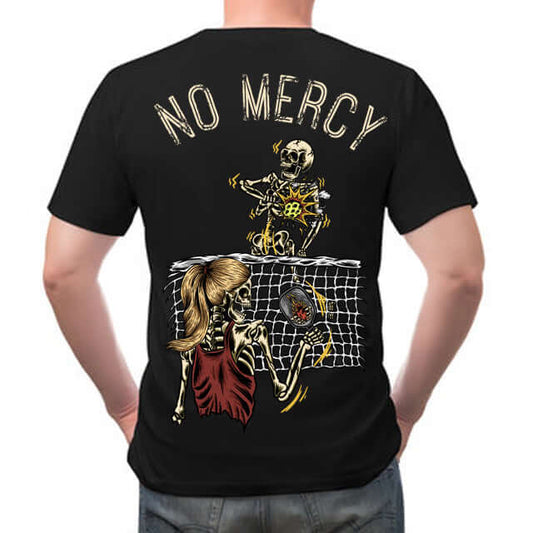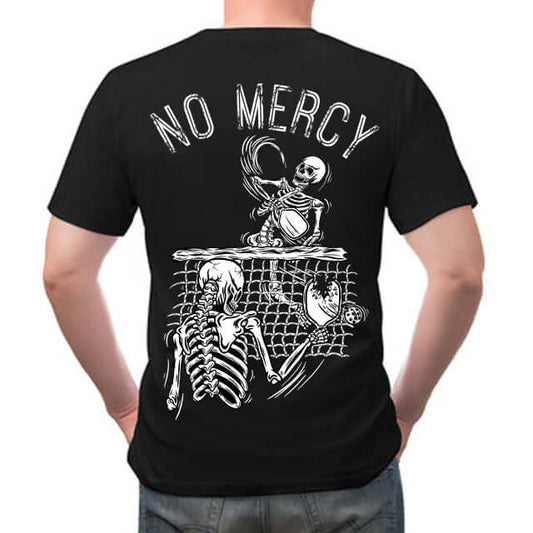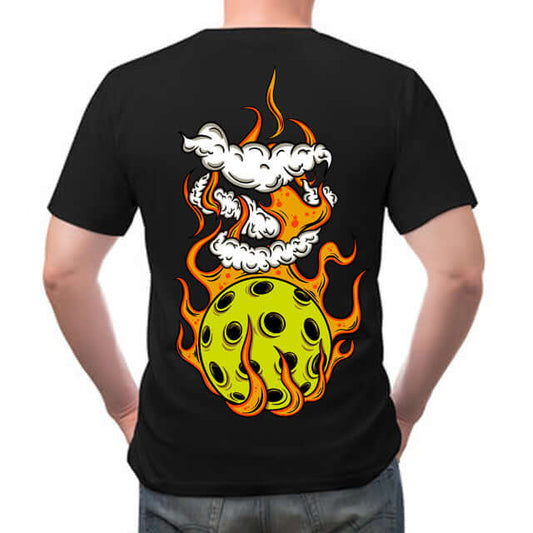You walk onto a pickleball court with confidence, paddle in hand, ready to dominate. Then someone asks, "What's your rating?" and suddenly you're questioning everything. Are you a 3.0? A 3.5? Or maybe you're secretly a 4.0 trapped in a 2.5's body?
Welcome to the wonderfully complex world of pickleball ratings, where decimals matter, egos get checked, and everyone thinks they're better than their actual number suggests. The pickleball rating system isn't just about bragging rights (though let's be honest, that's part of the fun). It's the sport's way of creating fair, competitive matches and helping players track their improvement journey.
Whether you're a complete newbie trying to figure out where you fit or a seasoned player looking to level up, understanding this rating system is crucial for enjoying the game to its fullest. Let's decode the numbers, explore what each skill level really means, and help you find your true pickleball identity.
The USAPA Rating System: Your Pickleball DNA
The USA Pickleball Association (USAPA) developed a standardized rating system that ranges from 1.0 to 5.0+, with half-point increments at higher levels. Think of it as your pickleball DNA—a numerical representation of your skills, strategy, and court awareness all rolled into one tidy decimal.
This system evaluates players across multiple dimensions: technical skills, shot selection, strategy, consistency, and court positioning. It's not just about how hard you can smash a ball (though that's certainly fun). The rating considers your overall game, including those sneaky soft shots that make opponents curse under their breath.
The beauty of this system lies in its universal application. A 3.5 player in Florida should theoretically match up well against a 3.5 player in Oregon. It creates a common language that helps organize tournaments, league play, and casual games nationwide.
Breaking Down the Skill Levels: From Newbie to Ninja
Level 1.0-2.0: The Enthusiastic Beginners
Welcome to pickleball! You've heard about this amazing sport and decided to give it a try. At this level, you're learning the basic rules (like why you can't step in that kitchen area) and figuring out which end of the paddle to hold.
Key Characteristics:
- Still learning basic rules and scoring
- Serves often go into the net or out of bounds
- Difficulty with the two-bounce rule
- Limited knowledge of court positioning
- Swinging at everything with maximum effort
Don't worry—everyone starts here, even those players who now make the game look effortless. Focus on consistency over power, learn the rules thoroughly, and be patient with yourself. Your improvement will be dramatic during this phase.
Level 2.5-3.0: The Eager Improvers
You've got the basics down and can actually rally the ball back and forth without major disasters. You're starting to understand why strategy matters and beginning to place shots intentionally rather than just hoping they go over the net.
Key Characteristics:
- Consistent serves that usually land in
- Can sustain short rallies
- Beginning to use dinks and drop shots
- Better court positioning awareness
- Starting to move as a team in doubles
This is often the most fun level because improvement comes quickly. You're discovering shots you didn't know existed and starting to understand why people become obsessed with this sport. Embrace the learning curve and don't be afraid to experiment with different techniques.
Level 3.5-4.0: The Strategists
Now we're getting serious. You've developed a reliable serve, can execute most basic shots consistently, and understand court positioning well enough to anticipate your opponent's moves. Strategy becomes increasingly important as raw power alone won't win points.
Key Characteristics:
- Solid fundamental strokes
- Good shot selection and placement
- Effective use of dinks and third-shot drops
- Strong doubles communication
- Beginning to develop signature shots
Players at this level start specializing in particular aspects of the game. Some become dinking wizards who can patiently work points, while others develop devastating overhead slams. This is where pickleball gets really interesting strategically.
Level 4.5-5.0: The Court Generals
Welcome to the elite ranks. These players combine technical excellence with tactical sophistication. They rarely make unforced errors, can execute advanced shots under pressure, and seem to anticipate their opponents' moves before they happen.
Key Characteristics:
- Exceptional shot control and placement
- Advanced strategy and court awareness
- Ability to change pace and spin effectively
- Strong mental game and emotional control
- Consistent performance under pressure
Players at this level often compete in high-level tournaments and may coach lower-rated players. Their games feature subtle variations in pace, spin, and placement that casual observers might miss but completely frustrate opponents.
Level 5.0+: The Professionals
These are the players you see on TV, making impossible shots look routine. They've mastered every aspect of the game and continue pushing the sport's boundaries with innovative techniques and strategies.
Key Characteristics:
- Tour-level consistency and shot-making
- Advanced understanding of game theory
- Ability to adapt quickly to different opponents
- Physical conditioning optimized for competition
- Mental toughness in high-pressure situations
Most recreational players will never reach this level, and that's perfectly fine. These athletes represent the pinnacle of pickleball achievement and inspire the rest of us to keep improving.
How Ratings Are Determined: The Art and Science
Pickleball ratings aren't just wild guesses or wishful thinking (though sometimes they feel that way). The system uses several methods to evaluate and assign ratings:
Self-Rating: New players start by honestly assessing their skills using USAPA guidelines. This requires brutal honesty about your abilities—a skill that many recreational athletes haven't fully developed.
Tournament Results: Sanctioned tournament performance provides objective data about your skill level. Win consistently at your rated level? You might be ready to move up. Getting demolished regularly? Time for some honest self-reflection.
League Play: Regular league competition offers ongoing evaluation opportunities. Consistent performance against known ratings helps refine your number.
Professional Assessment: Certified rating assessors can evaluate players through structured play sessions. This method removes ego and provides objective analysis.
The key is gathering enough data points to establish an accurate rating. One great game doesn't make you a 4.0, just like one bad day doesn't drop you to a 2.5.
The Psychology of Ratings: More Than Just Numbers
Pickleball ratings carry surprising emotional weight. Players develop strong attachments to their numbers, sometimes creating internal pressure that hurts their actual performance. Understanding this psychological component is crucial for healthy improvement.
Rating Anxiety: Some players become so focused on their rating that they stop taking risks or trying new techniques. This conservative approach can actually limit improvement and create a skill plateau.
Sandbgging: Unfortunately, some players intentionally underrate themselves to win easier matches. This unsporting behavior hurts the entire system and reduces fun for everyone involved.
Rating Pride: Healthy pride in your rating can motivate improvement, but excessive ego attachment can lead to frustration and poor sportsmanship when results don't meet expectations.
The healthiest approach is viewing your rating as a tool for finding appropriate competition and tracking progress, not as a measure of your worth as a person.
Common Rating Mistakes and How to Avoid Them
Overrating Yourself: It's human nature to focus on your best shots while forgetting your weakest moments. Be honest about your consistency level across all skills.
Underrating for Easy Wins: This might feel good short-term but prevents you from improving and undermines the sport's competitive integrity.
Ignoring Weaknesses: Your rating reflects your overall game, not just your strengths. A player with a killer serve but terrible net game isn't as strong as their best shot suggests.
Rushing the Process: Skill development takes time. Trying to jump rating levels quickly often leads to disappointment and poor match experiences.
Improving Your Rating: The Path Forward
Focus on Fundamentals: Regardless of your current level, solid fundamentals provide the foundation for advancement. Work on consistency before attempting flashy shots.
Play Up When Possible: Occasional games against higher-rated players expose weaknesses and demonstrate skills you need to develop.
Seek Instruction: Professional coaching can accelerate improvement and help identify blind spots in your game.
Practice Deliberately: Random hitting is fun, but focused practice on specific skills yields better results.
Mental Game Development: Higher levels require strong mental skills. Work on concentration, emotional control, and strategic thinking.
Tournament Play and Rating Validation
Tournaments provide the ultimate rating validation. Playing against unknown opponents with similar ratings tests whether your self-assessment is accurate. Don't be discouraged if tournament results initially differ from your expectations—this feedback is invaluable for honest rating adjustments.
Many tournaments offer different skill level brackets, allowing players to compete against appropriate opposition. This creates better experiences for everyone and helps maintain the rating system's integrity.
The Future of Pickleball Ratings
As pickleball continues growing, the rating system evolves too. Technology integration, more sophisticated tracking methods, and expanded rating categories may emerge. Some organizations experiment with dynamic rating systems that adjust based on recent performance rather than relying on static self-assessments.
The core principle remains constant: creating fair, enjoyable competition that helps players find appropriate matches and track improvement over time.
Building Confidence at Every Level
Remember, every rating level represents a significant achievement. A solid 3.0 player has developed real skills and understanding of this complex game. Don't let rating comparisons diminish your enjoyment or sense of accomplishment.
The most successful pickleball players focus on personal improvement rather than comparing themselves to others. Your rating journey is unique, and every step forward deserves recognition.
Looking Good While You Level Up
Understanding your pickleball skill level is just the beginning—now you need to look the part! Whether you're a determined 2.5 working on consistency or a confident 4.0 dominating the court, your gear should match your passion for the game.
RND Streetwear understands that pickleball isn't just a sport—it's a lifestyle. Their pickleball-inspired clothing collection bridges the gap between court performance and street style, giving players the confidence to represent their love for the game both on and off the court.
From moisture-wicking performance shirts perfect for tournament play to casual hoodies that show your pickleball pride during everyday activities, RND offers pieces that work as hard as you do. Their designs celebrate the sport's unique culture while providing the comfort and durability serious players demand.
Looking for the perfect gift for the pickleball enthusiast in your life? RND's collection offers excellent pickleball gift ideas that combine style and function. Whether they're grinding through the 3.0 level or crushing it at 4.5, the right apparel helps players feel confident and comfortable during their rating journey.
Ready to gear up for your next level? Explore RND's complete pickleball clothing and streetwear collection and discover apparel that matches your passion for America's fastest-growing sport. Because looking good is just as important as playing well—and with the right gear, you can do both.
